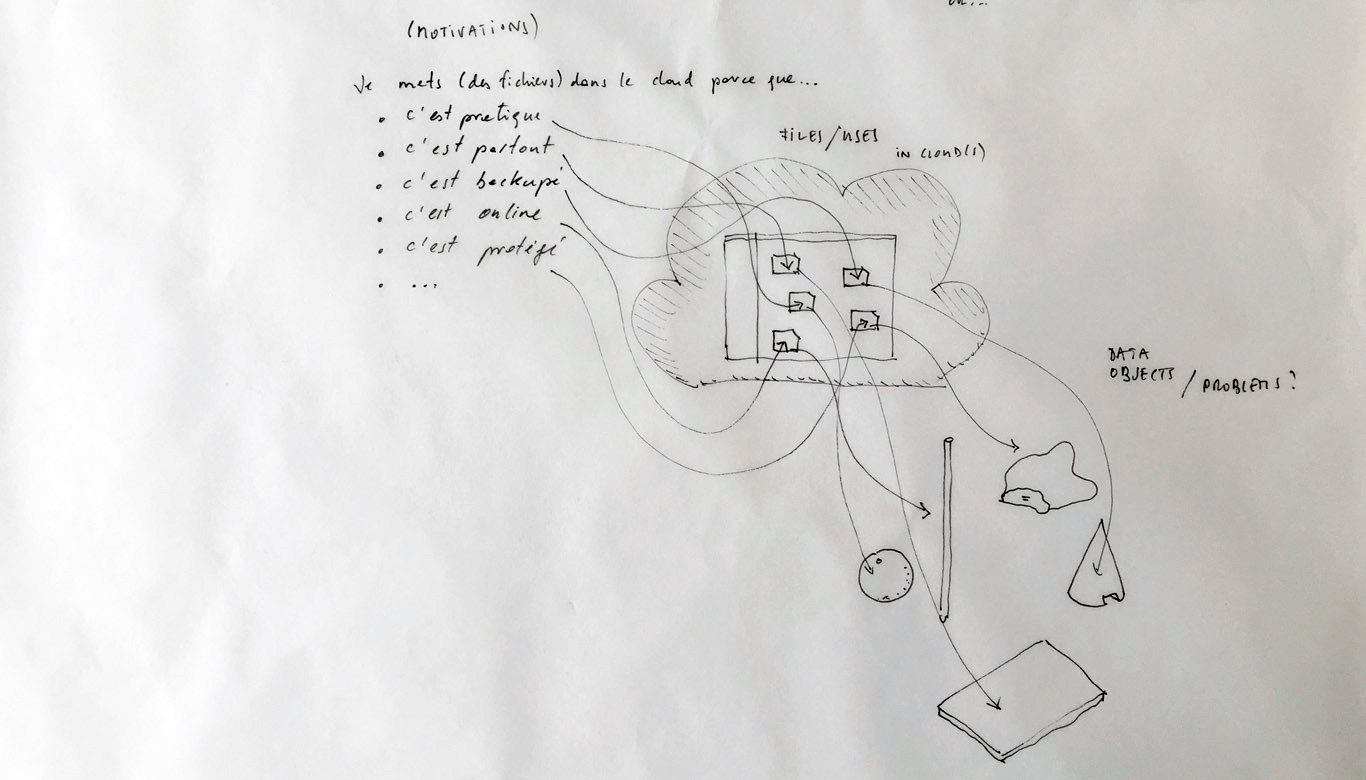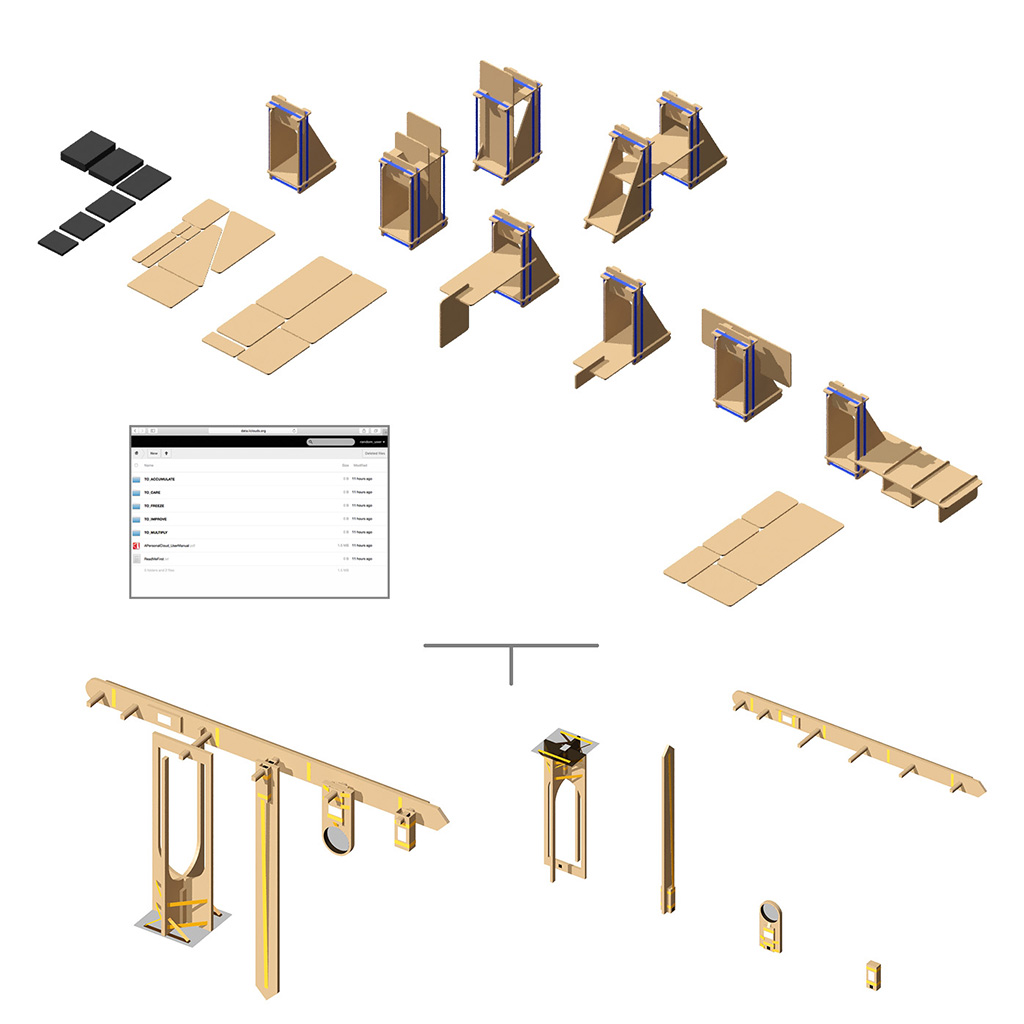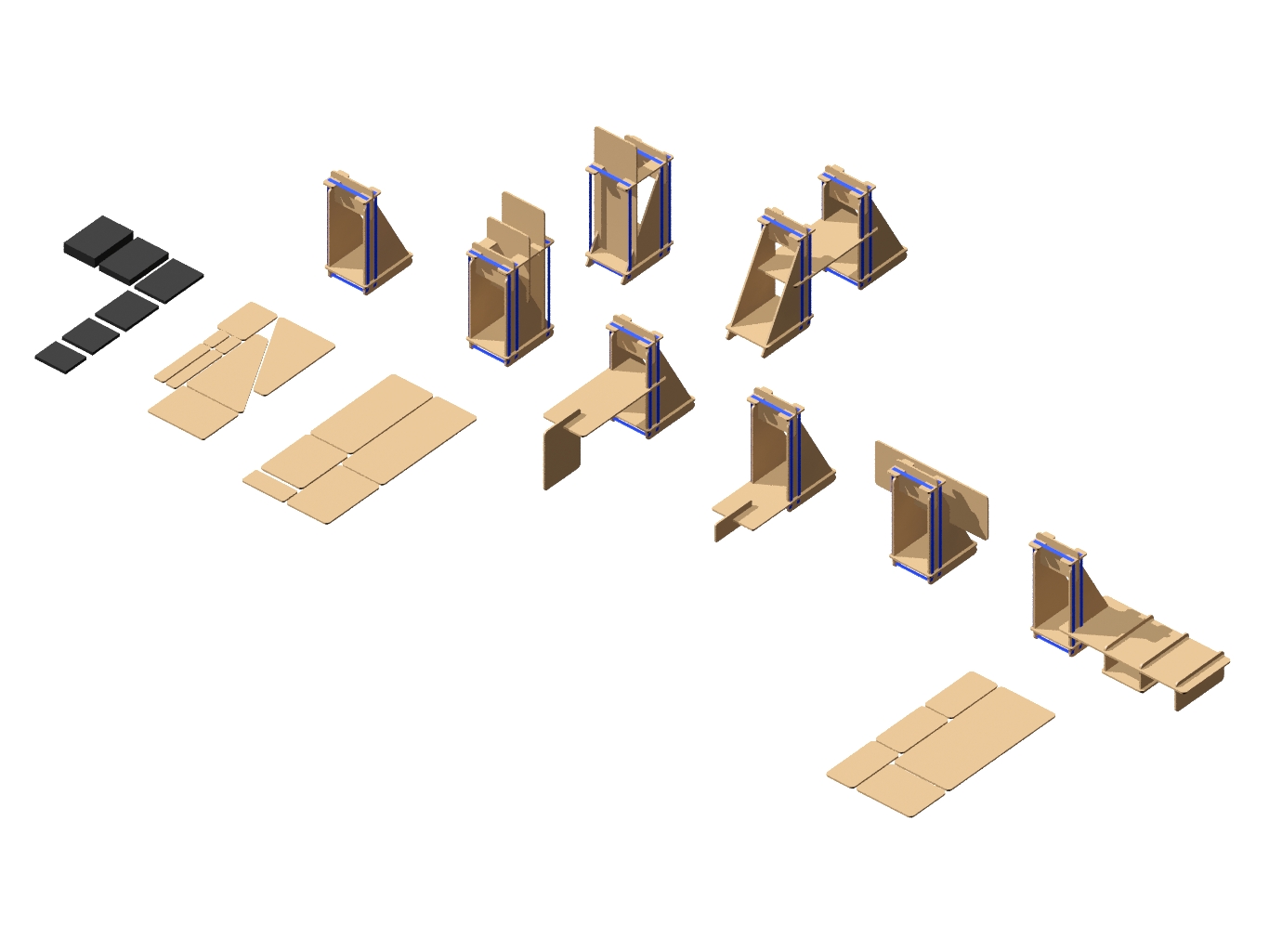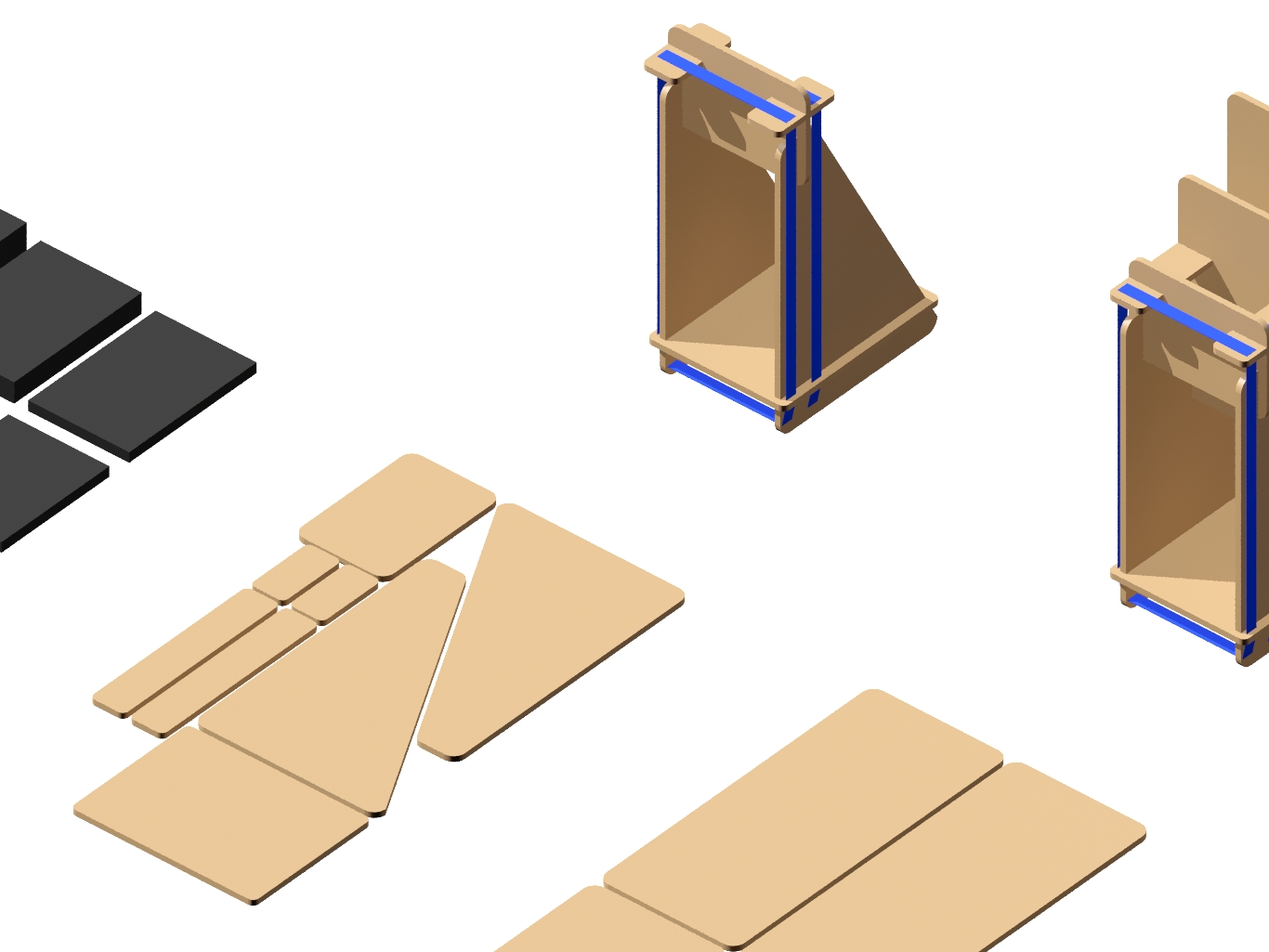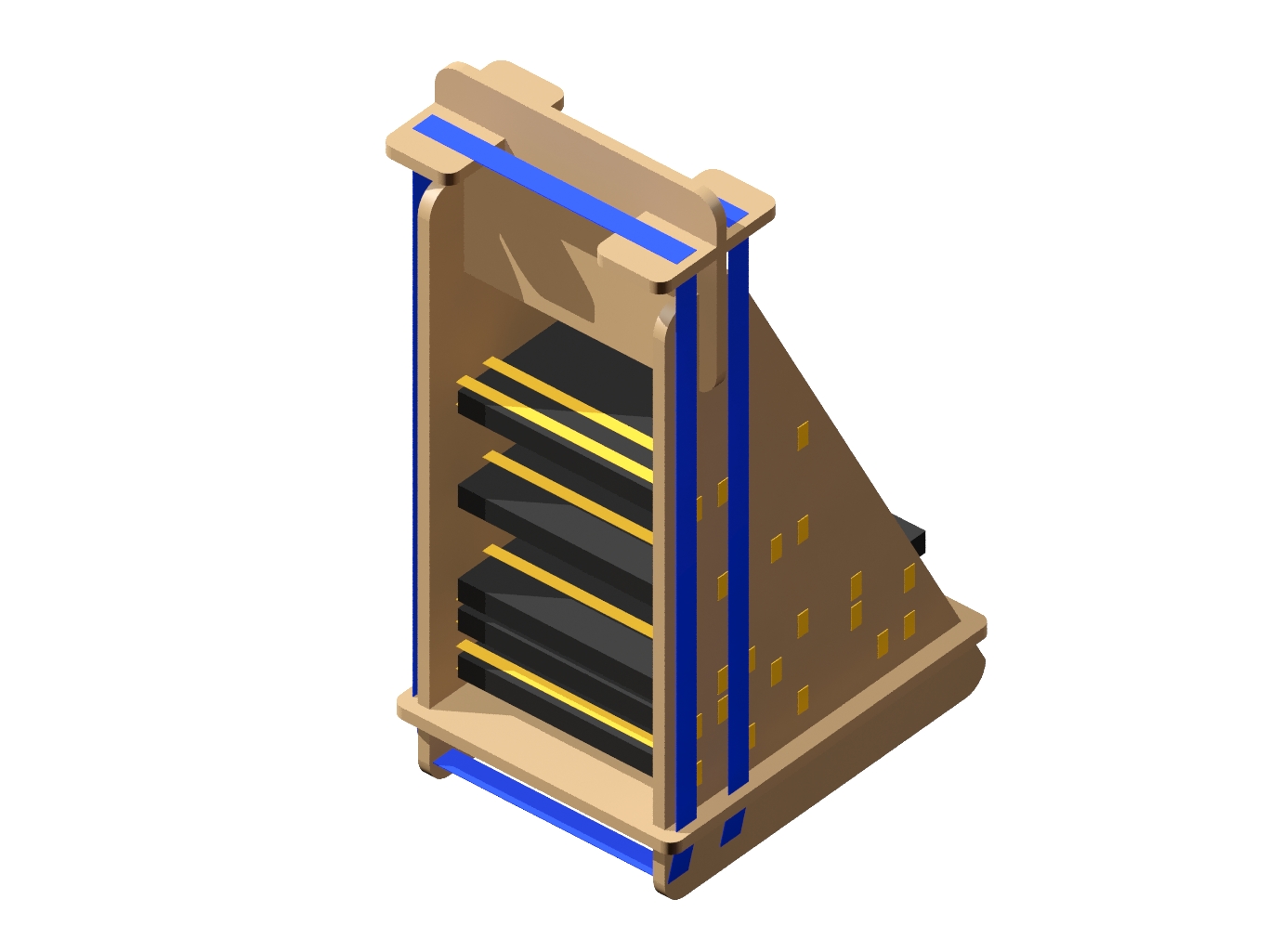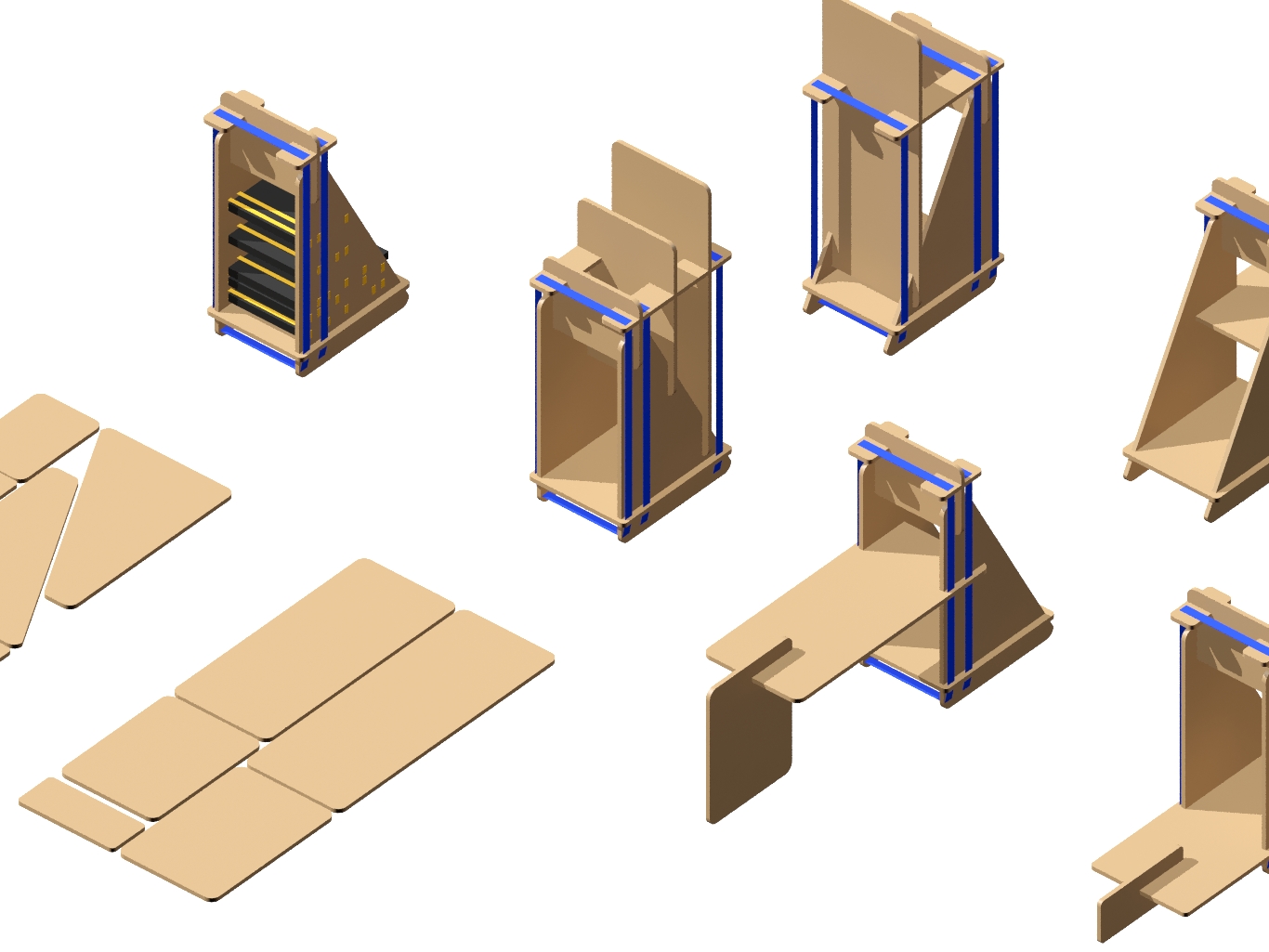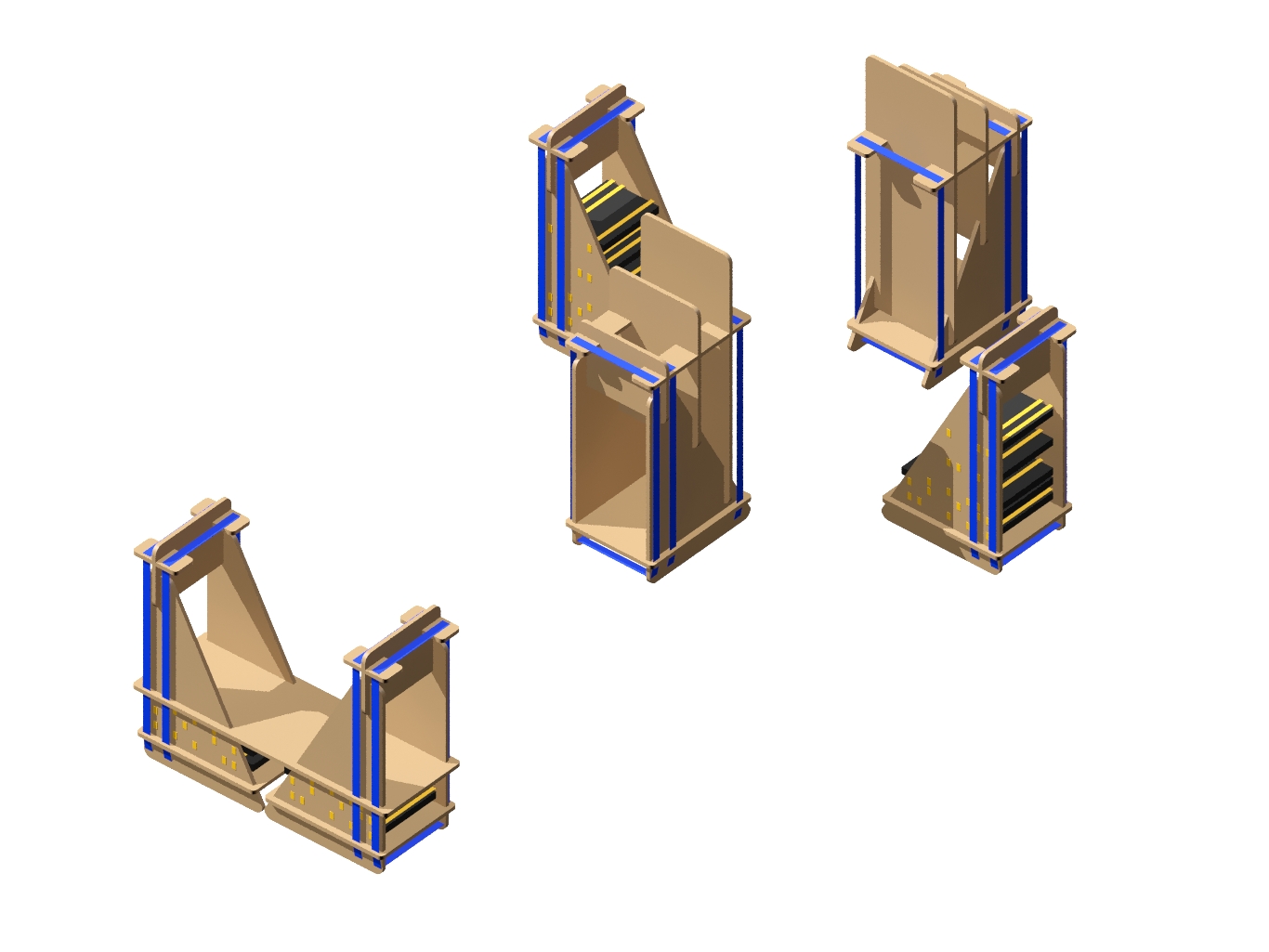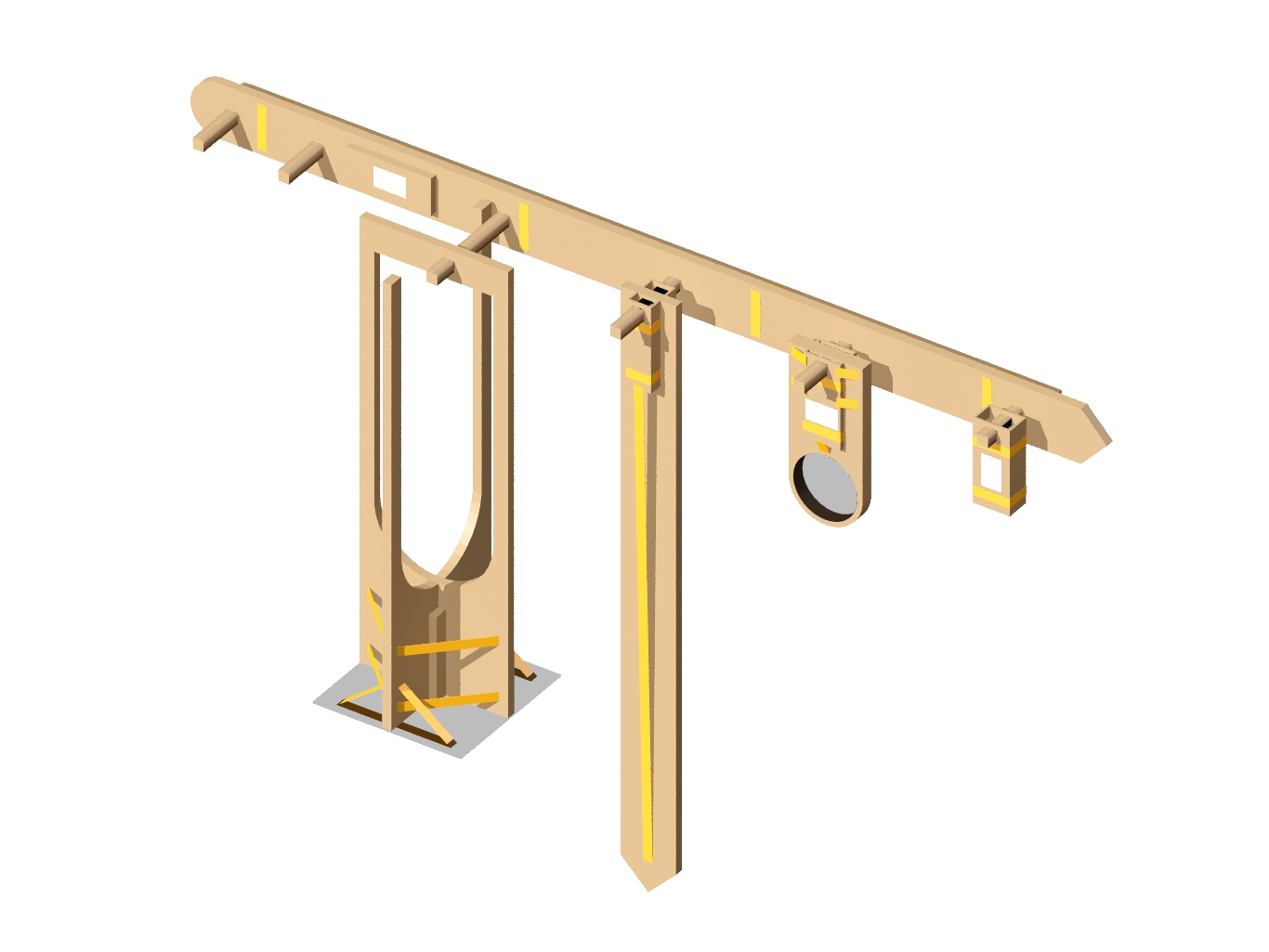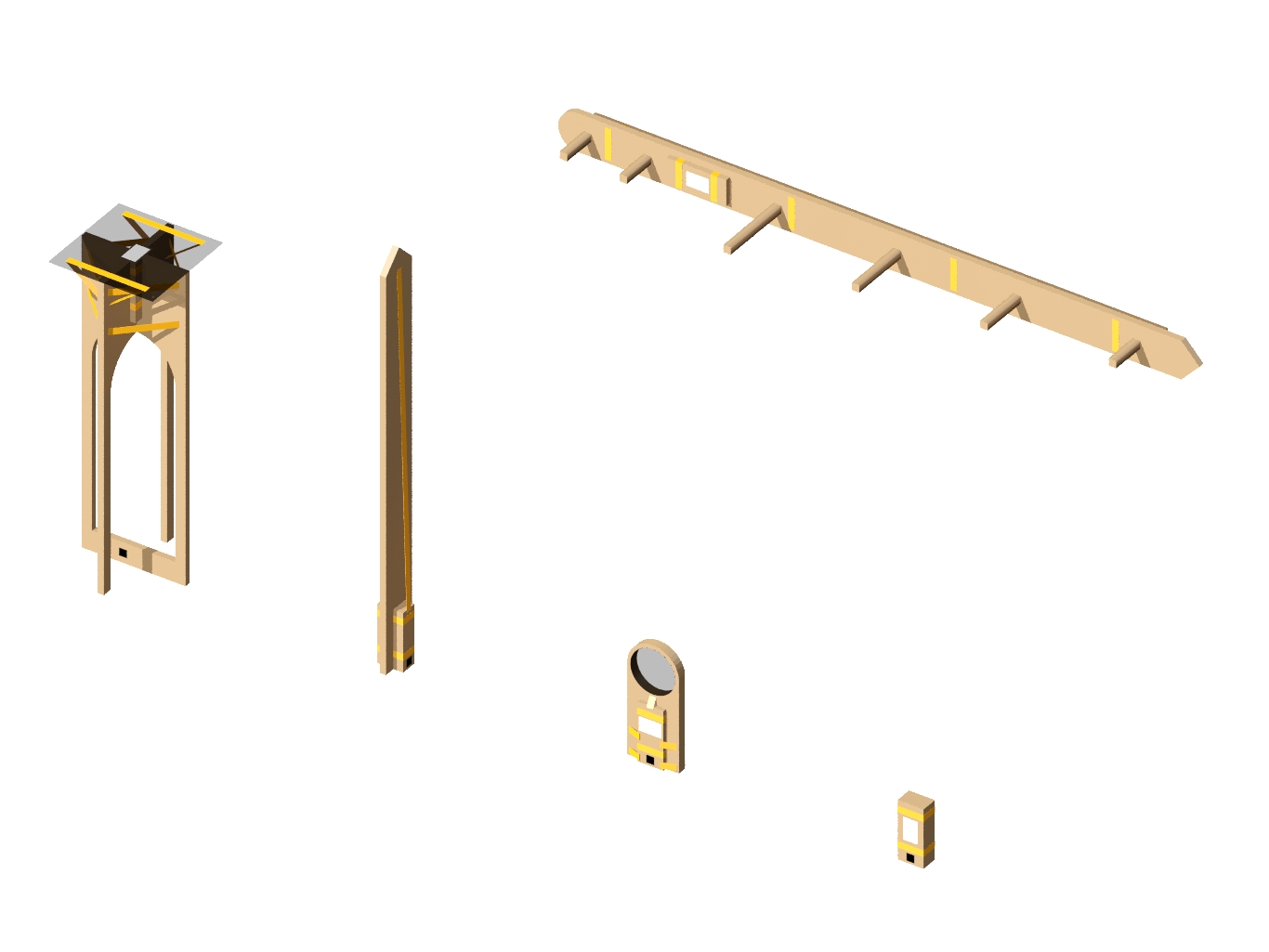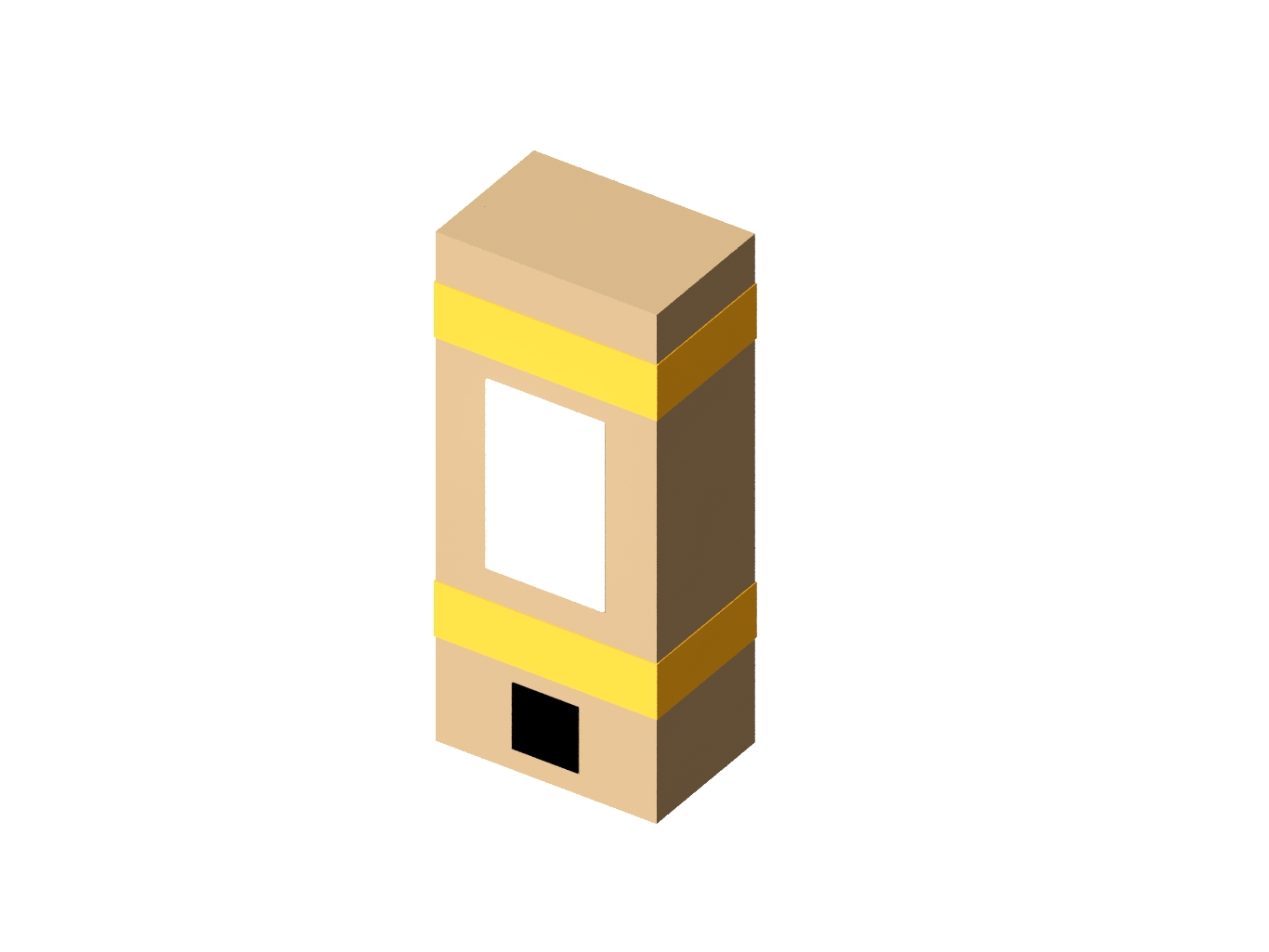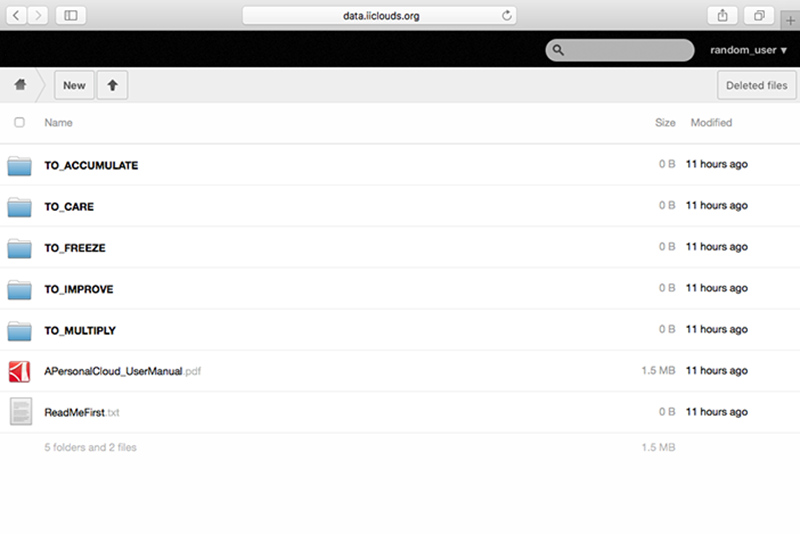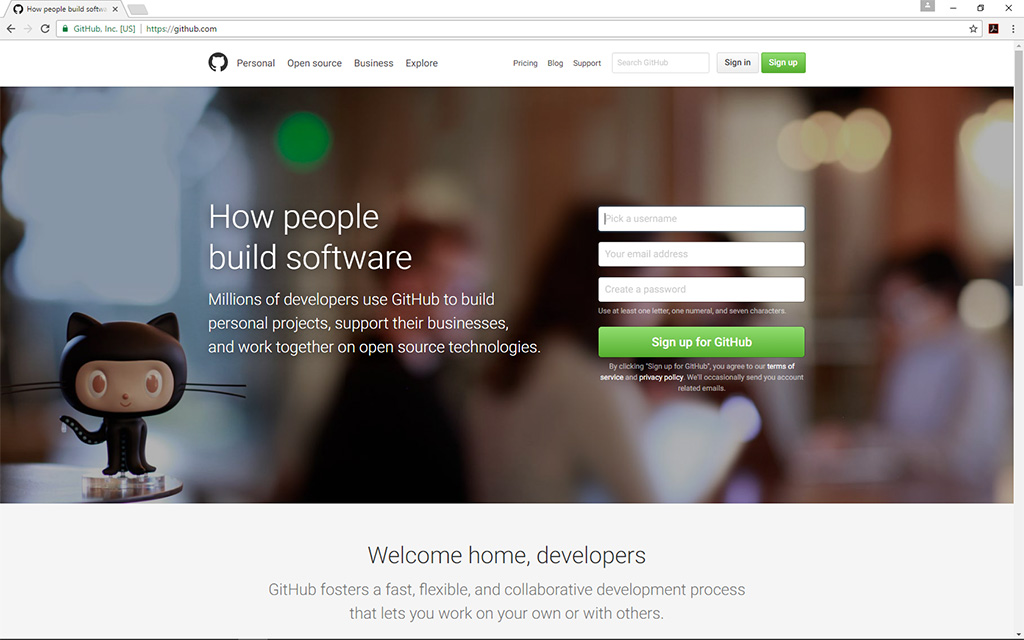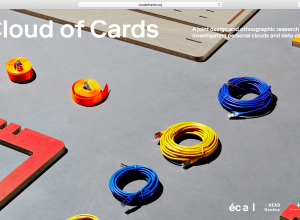We’re entering the final straight of the research project Inhabiting and Interfacing the Cloud(s) and we can give at this point a first glimpse of the four design artifacts we are working on at the moment. They will constitute the main outcomes of our joint experimental effort (ECAL, HEAD, EPFL-ECAL Lab) and a kind of “personal cloud kit” (explained below). These creations will be accompanied by two books: one will present the results of the ethnographic research about “the cloud”, the other will present the design research process and its results – both in pod/pdf.
We already pointed out in the recent post “Updated Design Scenario” where we were heading. Since then, the different projects were better identified and started to get shaped. Some got eliminated. Prototyping and further technical tests are running in parallel at the moment.
From the original “final scenario” sketch to …
… a “Personal Cloud Kit”, composed of various physical and digital modular artifacts.
What emerged reinforced from the main design scenario is that we seek to deliver four artifacts (some physical, some digital, some combined) which themselves will constitute the building blocks of what we’ll call “A Personal Cloud Kit”. All four parts of this kit will be openly accessible on a dedicated website (e.g. in a similar way to what OpenDesk is doing).
The purpose of this “home kit” is to empower designers, makers and citizens at large who would be interested to start develop their own cloud projects, manage or interact with their data or even to set up small scale personal data centers at their places (homes, offices, garages …)
Based on the existing open source cloud software OwnCloud and our I&IC’s OwnCloud Core Processing Library, the four elements of the kit will be:
—
A) A set of infrastructure furniture (“A Personal Data Center“), to assemble your own small scale and home based (or office based) data center! Pieces should be cnc cut from plywood by following the blueprints and instructions that we’ll be published online, then assembled to set up 19″ computer cabinet(s), or even small scale data centers with additional “domestic” functions. These later should take benefit of the heated and dried air coming out from the home computers/servers.
With Léa Pereyre.
A modular / diy furniture set (to be built and assembled in a “modest” way: cnc cut-outs, plywood, colored straps — no screws, no glue –). It is a 19″ computer cabinet for IT servers (one of the main formal building blocks of data centers, which is usually quite expensive, made out of metal and very heavy > in this case it will cost and weight far less).
It is extended to new domestic functions that should benefit from the heat and dry air released by the computer servers. Cold air is entering from the front and bottom , then heated air is released from the back and top. The air flow is created by natural convection. Assembled and adequately apertured (note: various apertures not drawn in teh above illustrations), these 19″cabinets can trigger hot and cold aisles or areas in an large room.
B) A set of five cloud data controllers (“My Data Controllers“), directly linked to the five folders and their data in “A Personal Cloud” (below), will help control them (or not) … To be cnc cut from plywood as well and then put together, along with pieces of electronics (Raspberry Pis and sensors), for which the code will be distributed as well.
The controllers will be “dormant” when hanged on the wall and become active once placed in the space.
With Lucien Langton.
The data controllers embody and allow a simplified, natural interaction with one’s data, hosted in one’s cloud (version “A Personal Cloud” below, whose servers are placed in “A Personal Data Center” for a full use of the kit). A direct link exists between each physical object and its alter ego as a folder with its contained files and data in the cloud. For example in the above illustrations, would the vertical bar fall (second object from left), then all the files contained in the related or linked folder would be deleted.
These objects are therefore “controllers” of personal data and will constitute new functions in the domestic environment.
C) Developed on the basis of open-source software OwnCloud, this element of the kit is an alternative version of the cloud (“A Personal Cloud“) with automated behaviors, chains of events. Five folders bring together the main motivations that generally push us to place our files and data in the cloud (e.g. because it’s convenient, to make backup, to shares one’s files, to preserve data, to multiply files or share them, etc.) These motivations have been identified in our ethnographic field research about the cloud.
This alternative version of OwnCloud, developed thanks to I&IC’s OwnCloud Core Processing Library, will be openly accessible as well.
With Christian Babski (fabric | ch)
There will be direct links between these five folders in “A Personal Cloud” and the five controllers above (e.g. if the plate of the table is not taken care of and its dust cleaned, all the files in the concerned folder will be first unzipped, then displaced in a publicly shared folder!)
“A Personal Cloud” as well as “My Data Controllers” are direct implementation of the development library below. Its is an illustration of an alternative to the existing: a different cloud, based on the tools that have been developed or expanded in the frame of this design-research.
D) The least visible but probably the most useful part of the project: it is a development library in Processing language (now widely used in the design and makers communities), for the open source cloud software OwnCloud. It is adapted and then extended with new functions according to our needs (it concatenates two libraries and add our own), directly from their own.
This will allow everyone with Processing skills to develop their own projects (client side). A tool that was missing so far.
The kit that has been developed is made possible mainly by the use of this development library.
With Christian Babski (fabric | ch)
The new library will be made accessible on Github for further forks and iterations.
A), B), C) & D) will become the four elements that will constitute “A Personal Cloud Kit“, to be openly accessed/downloaded on a dedicated website.
